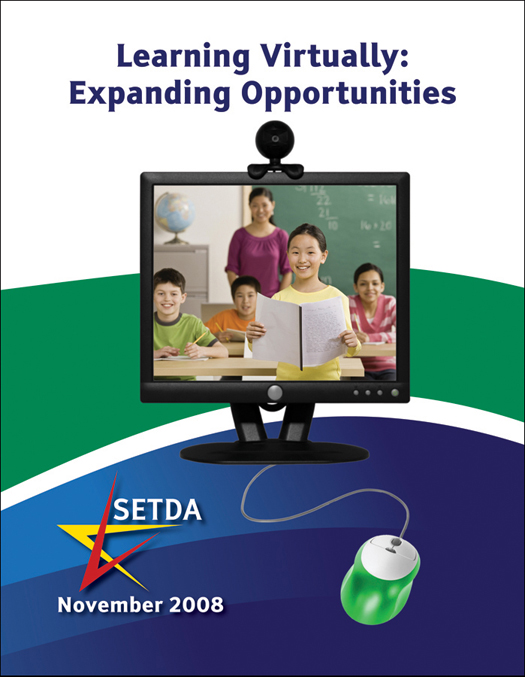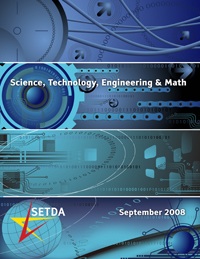Patience and Partnership
In Washington State, technology integration relies on coaching and regional support not equipment. This article was written by Dennis Small, SETDA Member and Educational Technology Director.
In Washington State, technology integration relies on coaching and regional support not equipment. This article was written by Dennis Small, SETDA Member and Educational Technology Director.
To create its technology guidelines, Florida focused on the intersection of meaningful learning environments and levels of technology integration. This article was written by James Welsh, Assistant Director of the Florida Center for Instructional Technology at the University of South Florida, J. Christine Harmes, Evaluation and Measurement Consultant with the Florida Center for Instructional Technology at the University of South Florida, and Roy Winkelman, Director of the Florida Center for Instructional Technology at the University of South Florida.
Through the organized use of technology, educators overcome geographic isolation and provide varied learning opportunities to students. This article was written by Roxanne Mourant, Alaska State Technology Coordinator and SETDA member, John Monahan, Director of Alaska Distance Education Consortium at the University of Alaska, Bob Whicker, Director of the Consortium for Digital Learning, Association of Alaska School Boards, Ginger L. Blackmon, Principal of Highland Tech Charter School, Anchorage and Woody Wilson, Director of Alaska’s Learning Network distance courses.
To help your teachers take advantage of Web 2.0 tools, it’s important for you to set the example. By Cathy Higgins, SETDA member and State Educational Technology Director for the New Hampshire Department of Education.
This column is an overview of the recently published SETDA case studies that highlight the work that was completed with the support of the education through technology programs. By: Christine Fox, SETDA’s Director of Educational Leadership and Research.
To teach and access technology literacy, ensure that it goes hand-in-hand with the curriculum. By Kathy Boone, SETDA member and Assistant Director of the Office of Instructional Technology for the West Virginia Department of Education.

The paper highlights the opportunities offered through virtual learning to provide each student the promise of access to age- and ability appropriate curriculum, rich and extensive resources and accurate and up-to-date assessments regardless of location, economic situation or time. When effectively used, virtual learning allows for student centered, self-directed, self-paced learning that greatly enhances the curriculum offerings schools provide.

This report addresses the need to provide all children with an education that includes a solid foundation of rigorous science, technology, engineering, and mathematics (STEM) instruction. The need is evident, yet the barriers are vast – recruiting and retaining highly qualified teachers with STEM backgrounds; school policies around credits and curriculum; student, teacher, and parent attitudes; time constraints; and lack of funding and/or leadership to infuse STEM approaches into the current system.

SETDA’s Class of 2020: Action Plan for Education Project includes the development of the five publications listed below designed to create a succinct message addressing technology’s transformative role in education in the hopes of informing future education and workforce development policy at the state and federal levels.

State Education Policy Center (SEPC) is a database of state policies related to education and technology curated by the State Educational Technology Directors Association (SETDA). Find links to SEPC listings for each state within our membership listings here on SETDA.org, or visit SEPC to browse policy across the US.